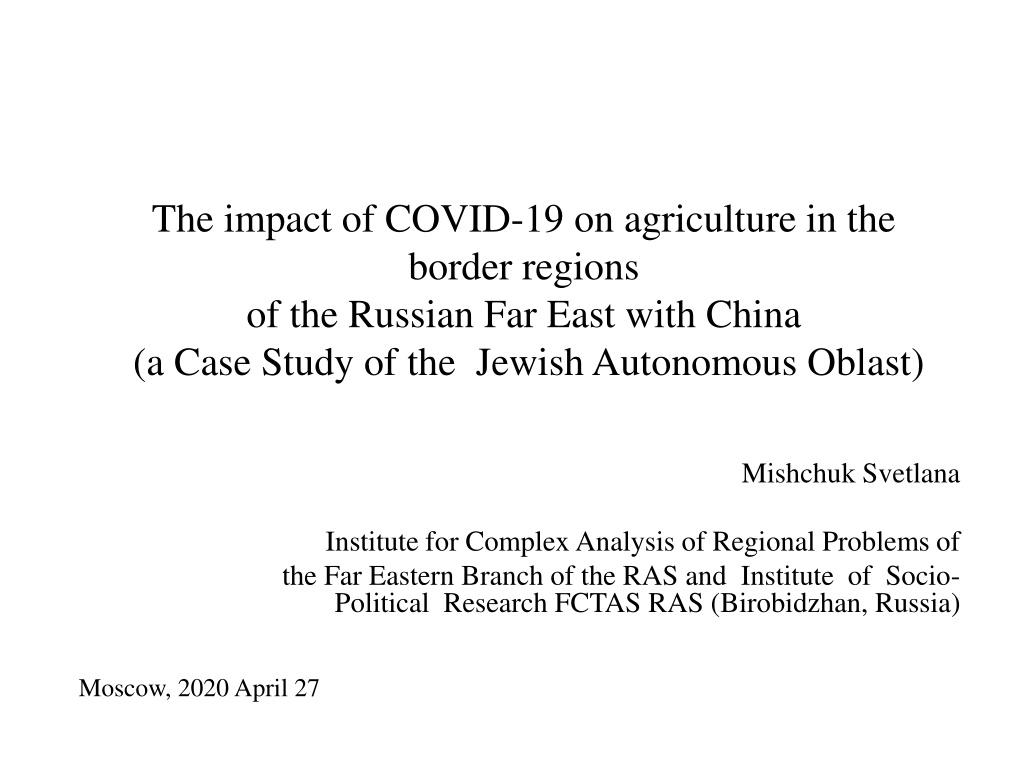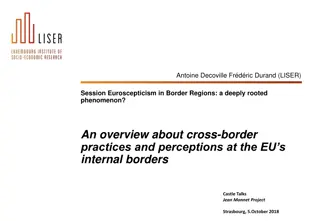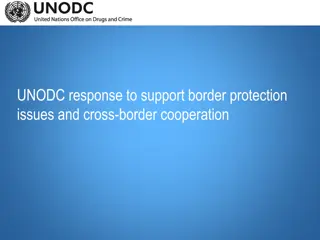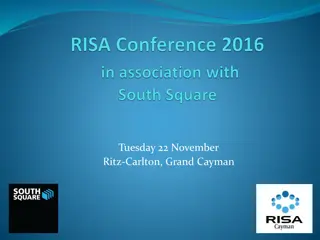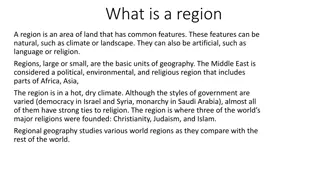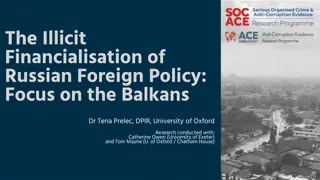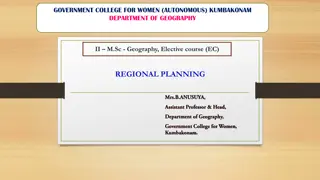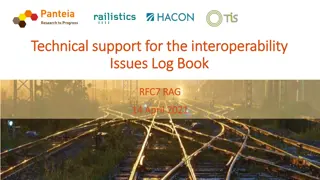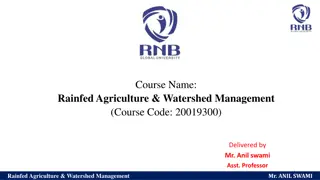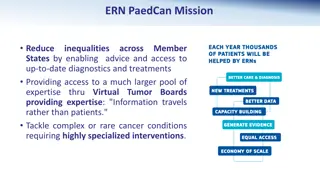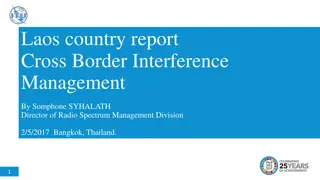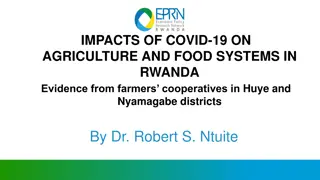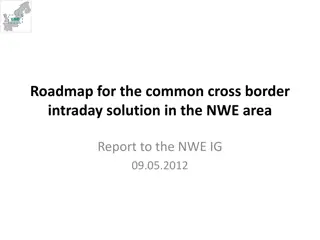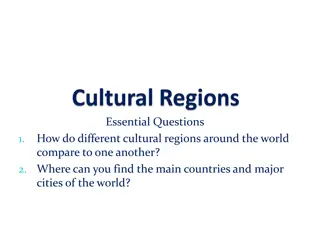Impact of COVID-19 on Agriculture in Russian Far East Border Regions
This case study explores the effects of COVID-19 on agriculture in the border regions of the Russian Far East, focusing on the Jewish Autonomous Oblast. It analyzes the impact of changes in Chinese labor and finances on agriculture in early 2020, particularly regarding the use of foreign migrant workers. The study highlights formal indicators such as the role of Chinese migrants in addressing labor needs, the processing of agricultural land, and revenue generation for municipal budgets through rent payments by Chinese tenants.
Download Presentation

Please find below an Image/Link to download the presentation.
The content on the website is provided AS IS for your information and personal use only. It may not be sold, licensed, or shared on other websites without obtaining consent from the author. Download presentation by click this link. If you encounter any issues during the download, it is possible that the publisher has removed the file from their server.
E N D
Presentation Transcript
The impact of COVID-19 on agriculture in the border regions of the Russian Far East with China (a Case Study of the Jewish Autonomous Oblast) Mishchuk Svetlana Institute for Complex Analysis of Regional Problems of the Far Eastern Branch of the RAS and Institute of Socio- Political Research FCTAS RAS (Birobidzhan, Russia) Moscow, 2020 April 27
Jewish Autonomous Oblast (JAO) on the map of the Russian Far East
The purpose of this study is to identify the formal effects of the changes in the use of Chinese labor and finances in the agriculture of the Russian Far East, at the example of the Jewish Autonomous Oblast in early 2020. Foreign migrant workers (citizens of PRC), employed in the JAO agriculture in different years, accounted for about 30- 60% of the total number of labor migrants.
EFFECTS OF USING FOREIGN LABOR FOR REGIONAL AGRICULTURE Economic indices of agriculture of the JAO Use of foreign labor Land use Competition with foreign producers Transformation of the labor relationship
Among the formal indicators, the following areas can be emphasized: the role of Chinese migrants in the agriculture of JAR in terms of solution the personnel issue in the region's agriculture. Also as a result, the problem of agricultural land processing is being considered. The next item is the replenishment of municipal budgets through the payment of rent by Chinese tenants.
On the website of Work in Russia (https://trudvsem.ru/ ), the most demanded profession in the JAO is tractor drivers about 2 thousand people are required. Offered Salary (Department of Employment for the population of the government of the JAO) Agronomist 16,9 37 thousand rubles Tractor driver up to 21 thousand rubles
Structure of sown areas by types of agricultural crops in the Jewish Autonomous Oblast in 2019 Potato, 1.8 Vegetables, 0.5 Grain, 4.2 Feed crop, 1 Soybeans, 92.5
Replenishment of budgets of municipal formations of the Jewish Autonomous oblast. The ban on entry to Russia did not allow Chinese tenants to come to the Oblast and fully start preparatory work for the new agricultural season. Also the budgets of municipalities in the JAO may not receive 250 million rubles due to non-payment of rent by Chinese tenants https://www.dvnovosti.ru/eao/2020/03/11/111632/#ixzz6GMZn1pin.
Thus, the current situation at the beginning of 2020 has revealed the dependence of crop production of the Jewish Autonomous Region on Chinese labor resources, the Chinese soybean market and Chinese finances.
Thank you for your attention!
